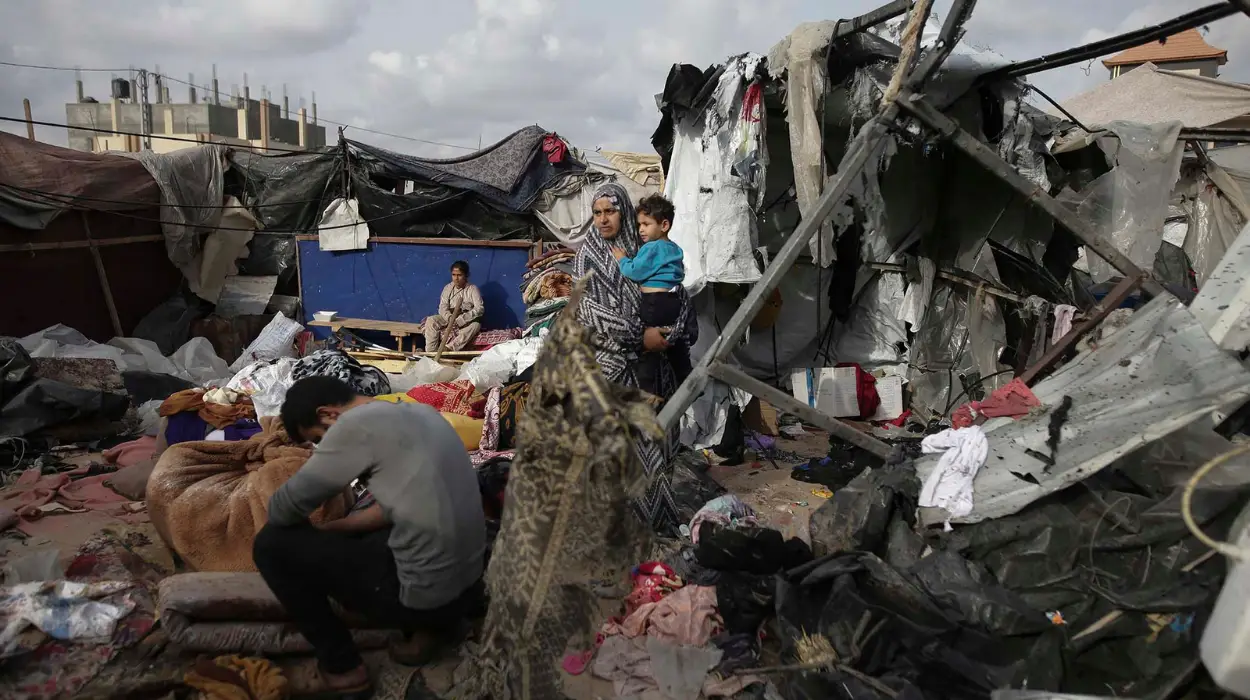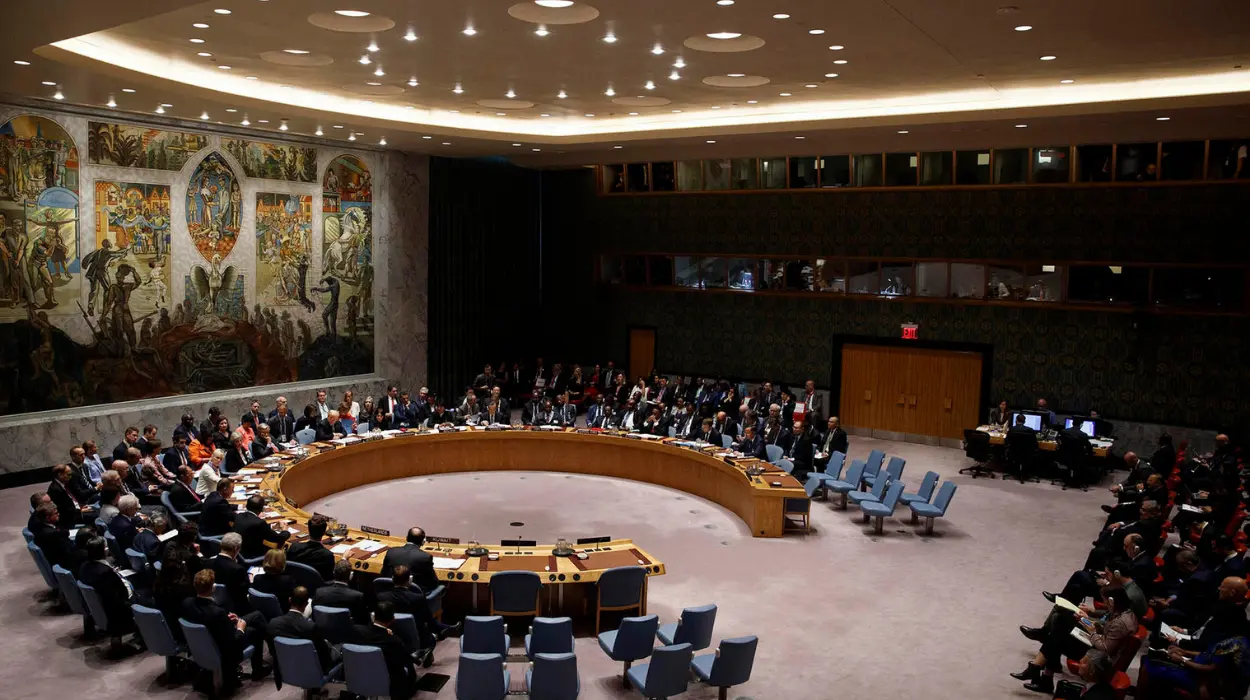The crisis in the rental market in Ukraine has escalated in 2025 due to a long-term war that has destroyed residential buildings. Over 236,000 structures have so far been destroyed or damaged since the onset of the war, and it has left more than 2.5 million housing units, which are either destroyed or inaccessible individually. Cities have almost ten percent of the national housing stock in poor condition, which cannot absorb the displaced population seeking another place to live.
One of the greatest sources of demand is displacement. About 10.6 million Ukrainians have been displaced and an estimated 3.7 million internally displaced. The surveys by humanitarian agencies in early 2025 indicate that about two-third percent of internally displaced tenants use over half of their earnings in paying rent. Families that have already drained savings have become financially strained, having to contend with unstable living conditions characterized by overcrowding or makeshift accommodation.
Some parts of the economy were giving indications of stabilization to the end of 2024, but the housing market is in dire need. Rental prices have been increasing at double-digit annual rates surpassing inflation and increasing the disparity between earnings and shelter expenses.
Rental market conditions across key Ukrainian urban centers
Rents particularly are high in safer areas, where individuals who have lost their homes, as well as the locals, are also fighting over the available units. Kyiv is one of the key centers of returnees and professionals, and 2025 market data indicate shocking changes that lay emphasis on structural imbalances.
Escalating demand in western and central cities
Cities like Lviv, Uzhhorod and Ternopil have become strained like never before as waves of displaced households are moving out of the frontline areas. Uzhhorod, which used to have moderate rents, registered high average rents compared with Kyiv in early 2025. Housing analysts explain this turnaround to the growing population, diminished construction, and the coming in of remote employees who migrated following the loss of houses in the eastern part.
Price adjustments driven by investor activity
The high rental yields that developers and landlords have been getting compared to most of the European markets have also made them alter their strategies to emphasize on long-term rentals. The investors have augmented the renovation of old buildings to exploit the demand. Nonetheless, the supply of new housing units has slowed down owing to construction delays, security issues, shortage of workforce, and rising material prices.
Urban inflation driven by rental pressures
The rent element of the Ukrainian consumer price index has increased at a faster rate as compared to other elements and puts additional pressure on the household budgets. Where headline inflation improved slightly at the end of 2024, rents proved to be on the opposite side. The fixed-income earners and the humanitarian dependent households have been hit more than others, increasing social risks in susceptible neighborhoods.
Socioeconomic strain on displaced households and host communities
The Ukraine rental market crisis is not just an economic issue, but it transforms the everyday life of millions of people. War trauma combined with displacement and financial pressures have caused social vulnerability both on a city and a rural level.
Declining affordability and rising exposure to exploitation
A large number of the displaced households join the rental agreements without proper contracts and thus are prone to sudden eviction, unregulated rent increase, and low maintenance standards. There has been an increase in informal rental markets particularly in areas where there are high internally displaced persons. These unregulated set-ups are usually overcrowded units, lack of heating or unsafe building conditions.
Impact on household stability and community resilience
The cost of paying high rents decreases expenditure of households on healthcare, education, food, and transport. Those families that cannot afford regular payments are at risk of recurrent displacement, which interferes with the workplace and school attendance. It has also had a toll on the local communities whereby social services, utility, and other infrastructure have been put under pressure to accommodate the increasing population.
Role of humanitarian and municipal programs
City governments along with the acts like the International Organization of Migration expanded rental assistance, legal advice and livelihood support. Cash interventions have helped to some extent particularly on those single parents and older tenants. However, these programs are still small compared to their overall requirement and the uncertainty in funding in 2025 has been a source of concern regarding the sustainability.
Policy responses and the structural challenges shaping 2025
Policy instruments that will stabilize the rental sector are being formulated in government ministries and among international counterparts but due to financial constraints and the state of war, little is being done to implement them.
The introduction of subsidies on rental payments have assisted certain households but administrative challenges coupled with regional abilities have hindered the implementation. The intention to stimulate new urban-oriented rent development is challenged by the unwillingness of investors, restrictions of the insurance policies, and still the threat of the missile attack on major cities. Massive rebuilding initiatives are subject to the foreign aid and the extension of security.
Housing policy analysts have called on the need to have more vigorous tenant protections, standardized rental contracts, and better regulatory frameworks to keep checks on the activities of landlords. The lack of such reforms will result in the continuation of the imbalance between supply and demand, which will drive the further rental inflation in 2025 and further.
Prospects for 2025 and evolving housing pressures
The future of the crisis in the Ukrainian rental market in 2025 depends on security-related trends, the flow of international assistance, and internal policy adjustment. Once the frontline conditions are maintained one of the effects of this is that some of the displaced families will start returning to their native houses hence relieving the tension in some of the urban centers. Nevertheless, years of construction will be needed to restore the millions of units that will be damaged in the large-scale reconstruction.
The future state of housing in Ukraine will be determined by further instability in energy markets, labor market, and migration. The international partners have a fine balance between the provision of emergency relief and the need to focus on long term development since the length of the war is unknown.
The new public discussion in Ukraine signifies increased awareness that the rental markets became the key to the economic recovery and social stability. The problem is how to move the local governments, the national ministries and the international donors to find solutions to the housing that would be resilient enough to survive the vagaries of the war.
With rebuilding slowly gaining ground in chosen areas, analysts are monitoring how demographic changes, investor actions and security patterns transform rental markets in the second half of 2025. The changing dynamics can provide some initial insights into the way the urban resilience of Ukraine will evolve to meet the new phase of reconstruction and the long-term recovery.








